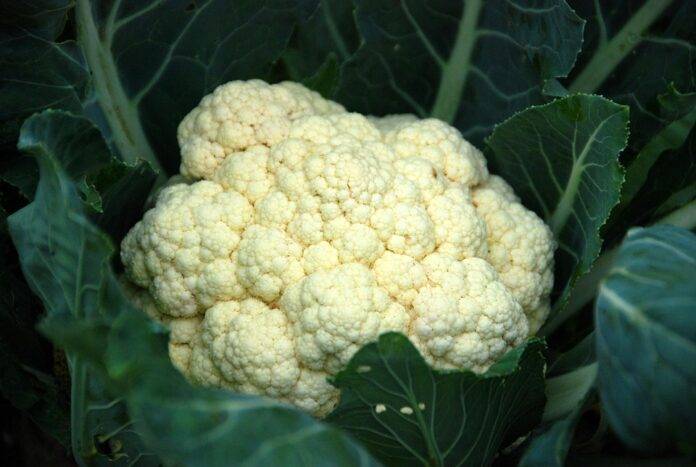Introduction
Cauliflower is a popular vegetable that is consumed worldwide for its numerous health benefits and versatility in cooking. In recent years, the global trade of cauliflower has seen significant growth as more countries engage in both exporting and importing this vegetable. This report will delve into the top cauliflower exporting and importing countries and analyze who controls the market.
Global Cauliflower Market Overview
The global cauliflower market has been steadily growing over the past decade due to increasing consumer demand for healthy and organic food options. According to data from the Food and Agriculture Organization (FAO), the global cauliflower production reached 26.7 million metric tons in 2020, with an estimated export value of $1.5 billion.
Top Cauliflower Exporting Countries
1. Spain – Spain is the largest exporter of cauliflower in the world, accounting for approximately 20% of the total global cauliflower exports. The country’s favorable climate conditions and advanced agricultural practices have enabled it to produce high-quality cauliflower for export.
2. Mexico – Mexico is the second-largest exporter of cauliflower, with a market share of around 15%. The country’s proximity to the United States and Canada has made it a key supplier of cauliflower to these markets.
3. Netherlands – The Netherlands is a major player in the global cauliflower market, exporting around 10% of the total cauliflower production. The country’s efficient logistics and distribution networks have helped it become a leading exporter of cauliflower in Europe.
Top Cauliflower Importing Countries
1. United States – The United States is the largest importer of cauliflower, accounting for approximately 25% of the total global cauliflower imports. The country’s year-round demand for cauliflower has made it a key market for exporting countries.
2. Germany – Germany is the second-largest importer of cauliflower, with a market share of around 15%. The country’s strong economy and high consumption of fresh vegetables have driven its demand for cauliflower imports.
3. United Kingdom – The United Kingdom is a significant importer of cauliflower, with a market share of approximately 10%. The country’s diverse population and culinary preferences have created a demand for cauliflower imports from various countries.
Market Dynamics
The global cauliflower market is highly competitive, with various countries vying for market share through competitive pricing, product quality, and marketing strategies. Exporting countries often face challenges such as fluctuating demand, changing consumer preferences, and trade barriers, which can impact their market position.
Importing countries, on the other hand, must navigate issues such as supply chain disruptions, quality control, and food safety regulations to ensure a steady supply of cauliflower to meet consumer demand. Market dynamics can shift rapidly due to factors such as weather conditions, political instability, and global trade agreements, making it essential for countries to adapt their strategies accordingly.
Conclusion
In conclusion, the global cauliflower market is a dynamic and competitive industry driven by consumer demand, agricultural practices, and trade relations between countries. Understanding the top cauliflower exporting and importing countries and who controls the market is crucial for stakeholders to make informed decisions and navigate the complexities of international trade.




